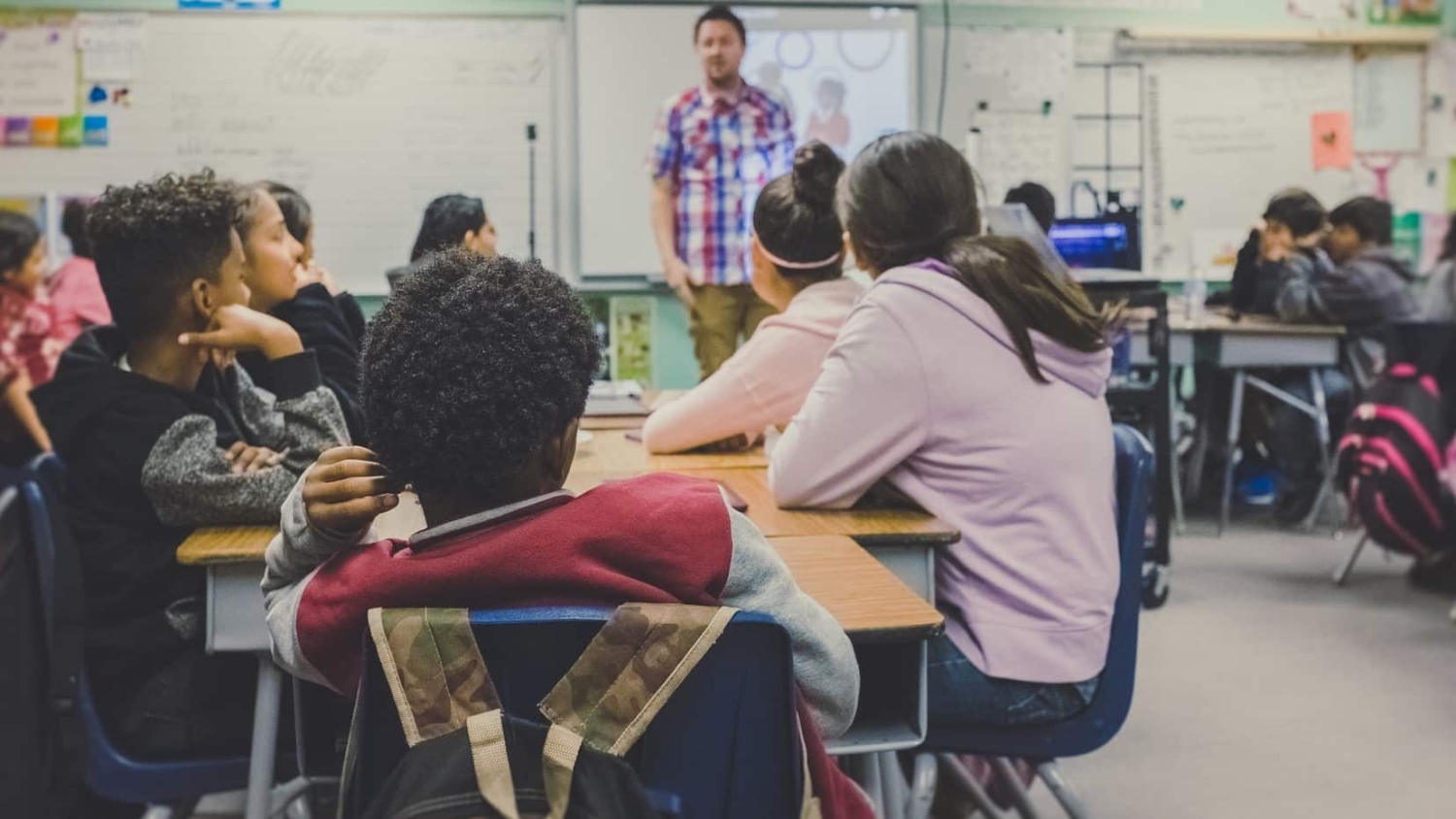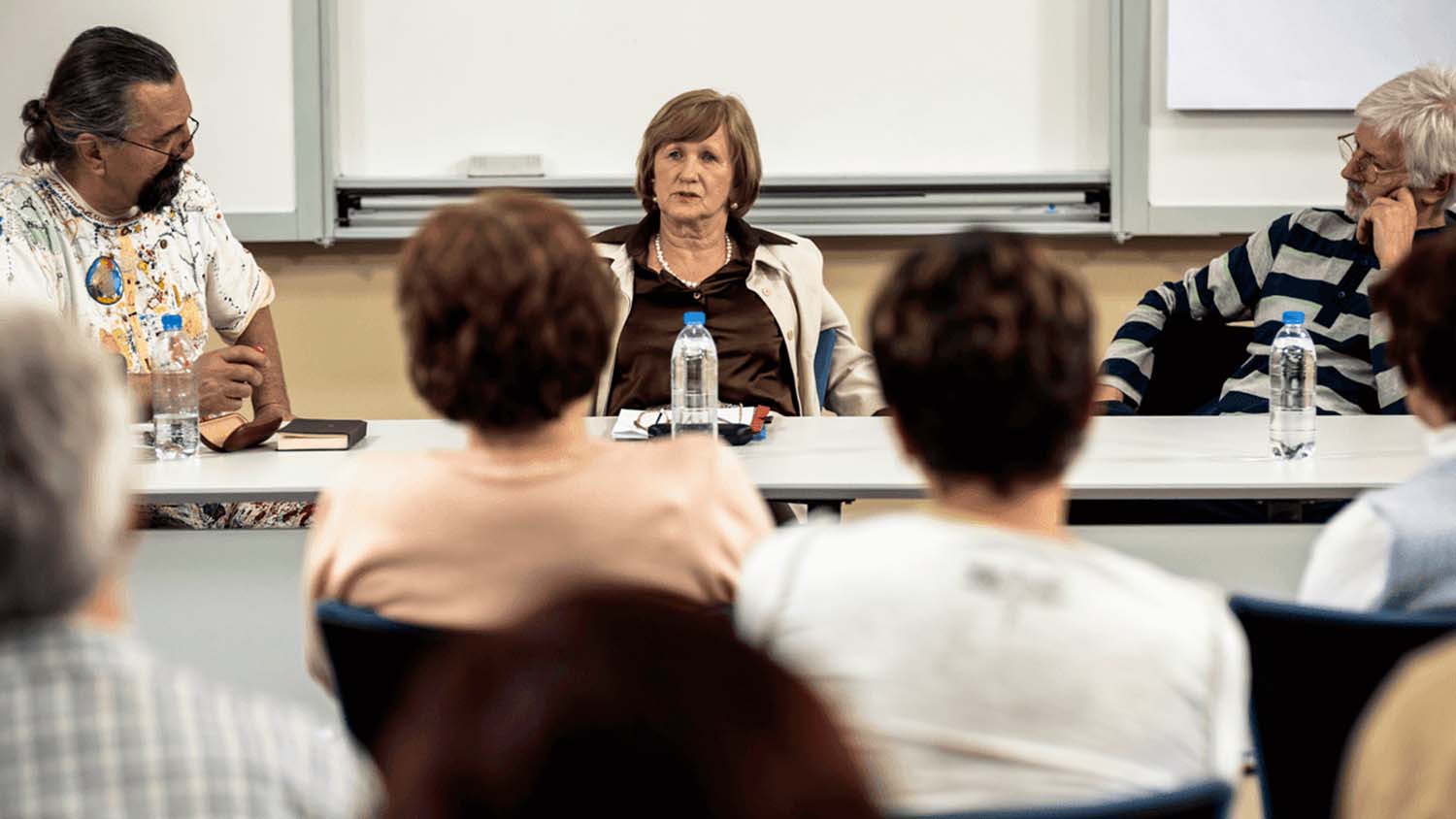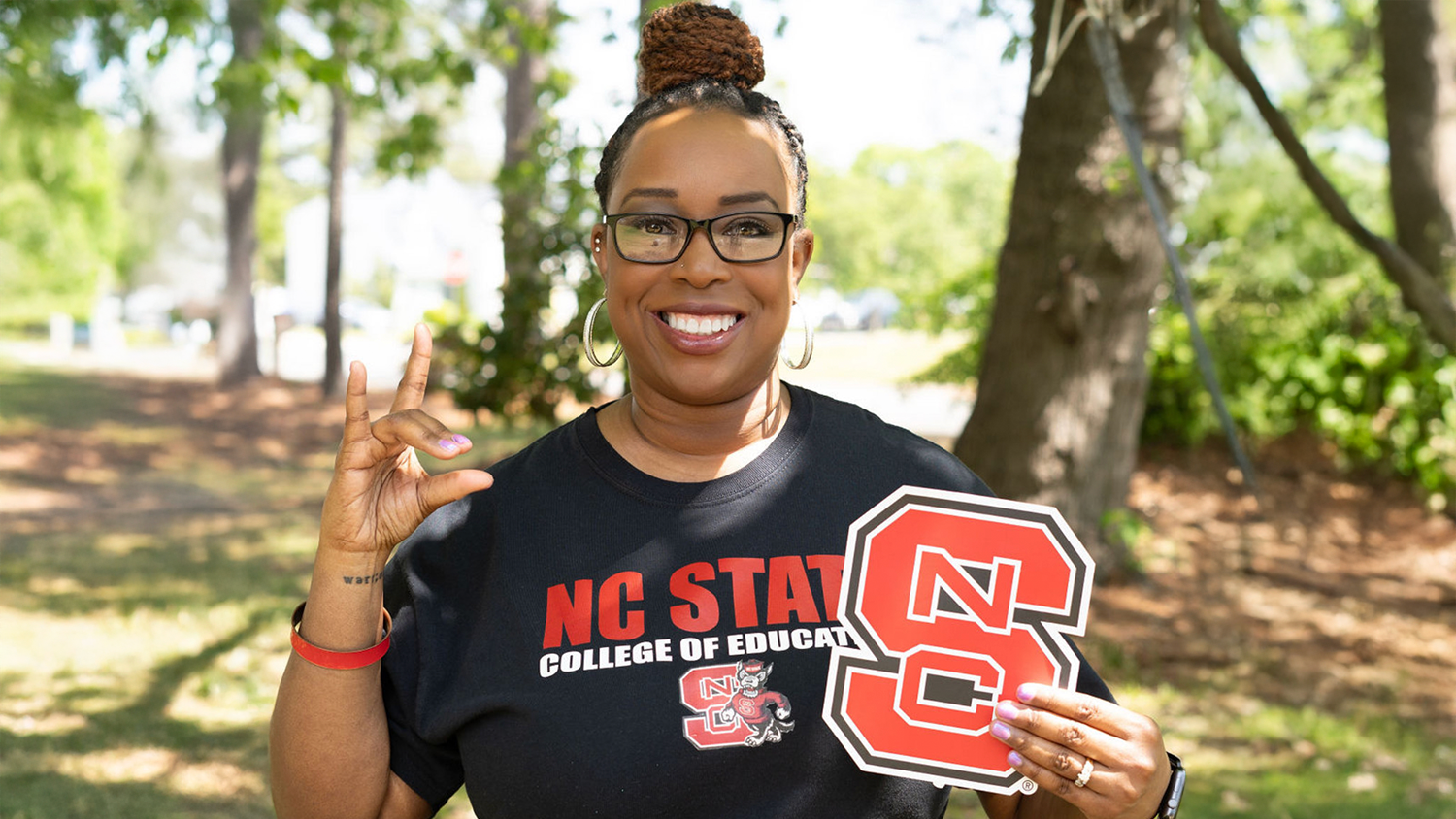For Immediate Release
A new study led by a North Carolina State University researcher found that a group of predominantly Black and Latino sixth-graders reported they were more likely to pay attention, work hard and participate in class discussions when they felt a greater sense of belonging in those classes.
The findings support a series of strategies researchers proposed to help educators boost belonging for students who face racial barriers for inclusion. The researchers suggest these strategies can translate into meaningful differences in student engagement in each of the classes they take.
“It’s not just that belonging is linked with students’ engagement patterns, we’re seeing belonging and engagement dynamically fluctuating across the classrooms they’re in,” said the study’s lead author DeLeon Gray, associate professor of educational psychology and equity at NC State. “This disrupts the narrative that a student’s label as ‘unmotivated’ should follow them throughout the school. A student’s engagement can change depending on the classroom. And when a student is engaged, or off-task and seemingly ‘unmotivated,’ we should also be asking whether they feel like they belong.”
The study builds on previous work examining the role of belonging in school achievement and other measures for Black and Latino students. Racial discrimination, as well as inequities, can impact how students feel in classrooms, researchers said.
“Belonging, which is defined as acceptance, respect, inclusion and support, is important to address for minority student populations because there are cues that they can receive inside the school and outside in society that can make them feel ‘less than,’ or like they are not a priority in schools or society,” Gray said. “There are meaningful ways we could do a better job to make sure students of color feel fully valued in schools.”
In previous work, NC State researchers proposed a series of strategies through the “Opportunities to Belong” framework to help students feel a sense of belonging in instruction, institutional policies and interpersonally. The strategies include: creating an environment where students can form social relationships with teachers and others, or where academic activities honor students’ identities; providing emotional support when students are sad, upset or frustrated; giving students a voice to make them feel like their ideas and opinions matter; and connecting what students are learning with their lives outside of school. Researchers said they wanted to assess the impact of these strategies on students in middle school, a time of rapid transition.
“Prior research demonstrates that when students hit middle school, there’s a huge decline in their motivation to achieve in school overall, but we see even steeper declines of engagement and belonging for students from historically marginalized backgrounds,” Gray said. “This is not inevitable. We can structure schools to be built around students’ psychological needs, which should be a priority for students undergoing rapid physical and psychological maturation.”
In the study, researchers asked 225 predominately Black or Latino students from an urban, STEM middle school to complete a survey assessing their belonging and engagement in each of their core academic classes. They asked students to rate, on a scale of one to six, whether they felt their teacher: connects what they are learning to their lives outside school; tries to help when they are sad, upset or frustrated; looks out for them in times of need; makes them feel like their ideas or opinions matter; and allows them to ask for help. Then, to assess how engaged they were in those same classes, researchers asked students to rate how closely they pay attention in their classes, participate in class discussions and work as hard as they can.
“In this study, we conceptualized ‘belonging’ as being made up of experiences that students have in different sites within the school,” Gray said. “In other words, we’re proposing they might have different pockets of affirmation where they feel they belong, and where they may feel affirmed. We allowed students to rate their opportunities to belong in different instructional contexts, which were math, science, English language arts and social studies.”
Researchers found that the more students interpreted a teacher’s instructional practices as providing them with opportunities to belong, the more likely students were to be engaged in that class. For each point higher that a student rated belonging in that classroom, their engagement was a half a point higher on a six-point measure of engagement.
“This can provide educators a sense of hope and optimism, as well as a set of concrete strategies to support students in the classroom to make sure they have the best chance of learning,” Gray said. “Educators need a practical way forward. Not only does the data suggest that opportunities to belong can impact engagement, it provides practical and actionable approaches for administrators and teachers.”
Researchers also said the study demonstrates new methods for developing assessments of belonging in partnership with urban schools. They involved students and teachers in the survey design and implementation; asked students to choose a series of questions about belonging from a list, and also interviewed them about whether they felt the measures made sense.
“Within the overall narrative of measurement and educational assessment, we sometimes develop measures that are supposed to be used generally, for everyone,” Gray said. “In the process of doing so, some of the specific experiences of minority groups might fall through the cracks, and we may not understand how to serve those groups because the measures aren’t sensitive enough to detect their experiences.”
The study, “Urban Middle Schoolers’ Opportunities to Belong Predict Fluctuations in Their Engagement Across the School Day,” was published online in Urban Education. Co-authors included Brooke Harris-Thomas of Michigan State University; Joanna N. Ali and Tamecia R. Jones of NC State; Taylor N. Cummings of University of Nevada, Las Vegas; and Tamika L. McElveen of Purdue University. The study was supported by the National Science Foundation under award No. 1614107.
-oleniacz-
Note to editors: The abstract follows.
“Urban Middle Schoolers’ Opportunities to Belong Predict Fluctuations in Their Engagement Across the School Day”
Authors: DeLeon L. Gray, Brooke Harris-Thomas, Joanna N. Ali, Taylor N. Cummings, Tamika L. McElveen, and Tamecia R. Jones.
Published online in Urban Education.
DOI: 10.1177/00420859221117682
Abstract: Existing measures of belonging in schools do not explicitly elevate the contextual and cultural insights of the educators and students they were designed to assess. Our study addresses this shortcoming through the cocreation of an Opportunities to Belong survey measure for urban middle schoolers. The tool was developed in partnership with practicing educators and normed around Black and Latinx students (N=225). Results of a multilevel confirmatory factor analysis revealed strong evidence for single factor structure. A within-persons multilevel model revealed that shifts in opportunities to belong predicted fluctuations in student engagement across different academic courses. Implications are discussed.
This post was originally published in NC State News.
- Categories:



